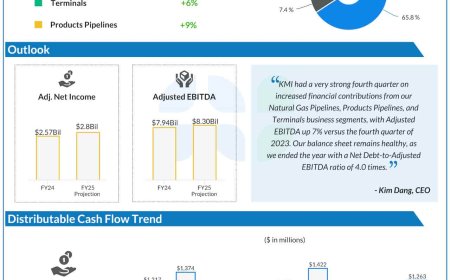Warning On the Bond and Housing Market
In the last few months, housing stocks traded lower. D.R. Horton (DHI) peaked at around $200 between September and October 2024. Although the stock bottomed out at $135.32, the supply trend is a worry.Last November, active listings increased by 12.1% Y/Y, their highest level since 2020. According to Redfin, 54.5% of the listings were on the market for at least 60 days and did not get a contract of sale. This has been the highest share for that month since 2019. Just as DHI stock peaked, RDFN stock also topped around $15 before closing at $7.87, down by 23.74% in 2024.Investors should be wary of Lennar (LEN) and PulteGroup (PHM) underperforming the markets.In the bond market, fixed-income investors need to be aware of the approximately $3 trillion in U.S. debt that will mature in 2025. The excess supply of treasury bills will hurt short-term bond prices. ETF investors should expect the 7-10 year (IEF) and 20+ year treasury bonds to struggle. Compounding bond markets is the Fed’s reluctance to cut interest rates. The Federal Reserve expects high tariffs ahead. This would fuel inflation, which is already higher than the target 2.0% rate.High interest rates would raise bond yields toward the 5.0% level.

In the last few months, housing stocks traded lower. D.R. Horton (DHI) peaked at around $200 between September and October 2024. Although the stock bottomed out at $135.32, the supply trend is a worry.
Last November, active listings increased by 12.1% Y/Y, their highest level since 2020.
According to Redfin, 54.5% of the listings were on the market for at least 60 days and did not get a contract of sale. This has been the highest share for that month since 2019. Just as DHI stock peaked, RDFN stock also topped around $15 before closing at $7.87, down by 23.74% in 2024.
Investors should be wary of Lennar (LEN) and PulteGroup (PHM) underperforming the markets.
In the bond market, fixed-income investors need to be aware of the approximately $3 trillion in U.S. debt that will mature in 2025. The excess supply of treasury bills will hurt short-term bond prices. ETF investors should expect the 7-10 year (IEF) and 20+ year treasury bonds to struggle. Compounding bond markets is the Fed’s reluctance to cut interest rates. The Federal Reserve expects high tariffs ahead. This would fuel inflation, which is already higher than the target 2.0% rate.
High interest rates would raise bond yields toward the 5.0% level.











































